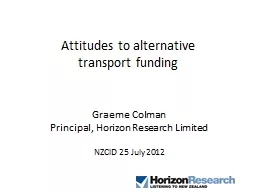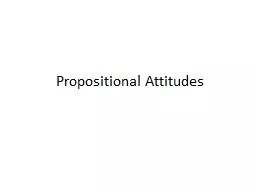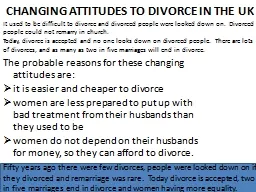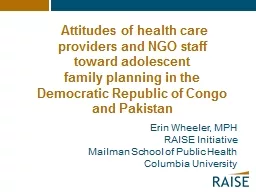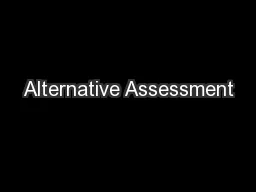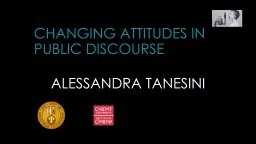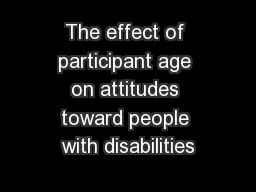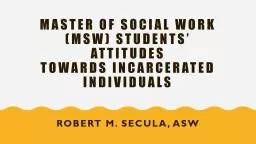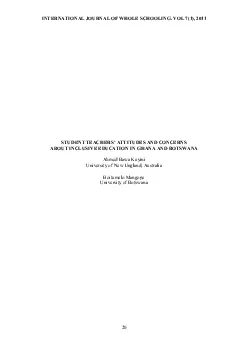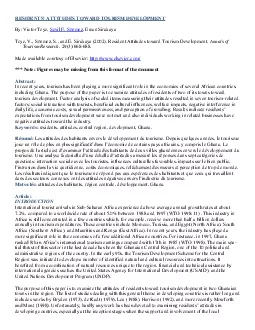PPT-Attitudes to alternative
Author : pamella-moone | Published Date : 2017-07-26
transport funding Graeme Colman Principal Horizon Research Limited NZCID 25 July 2012 Methodology Sample size 1061 respondents aged 18 living within Auckland Council
Presentation Embed Code
Download Presentation
Download Presentation The PPT/PDF document "Attitudes to alternative" is the property of its rightful owner. Permission is granted to download and print the materials on this website for personal, non-commercial use only, and to display it on your personal computer provided you do not modify the materials and that you retain all copyright notices contained in the materials. By downloading content from our website, you accept the terms of this agreement.
Attitudes to alternative: Transcript
Download Rules Of Document
"Attitudes to alternative"The content belongs to its owner. You may download and print it for personal use, without modification, and keep all copyright notices. By downloading, you agree to these terms.
Related Documents

